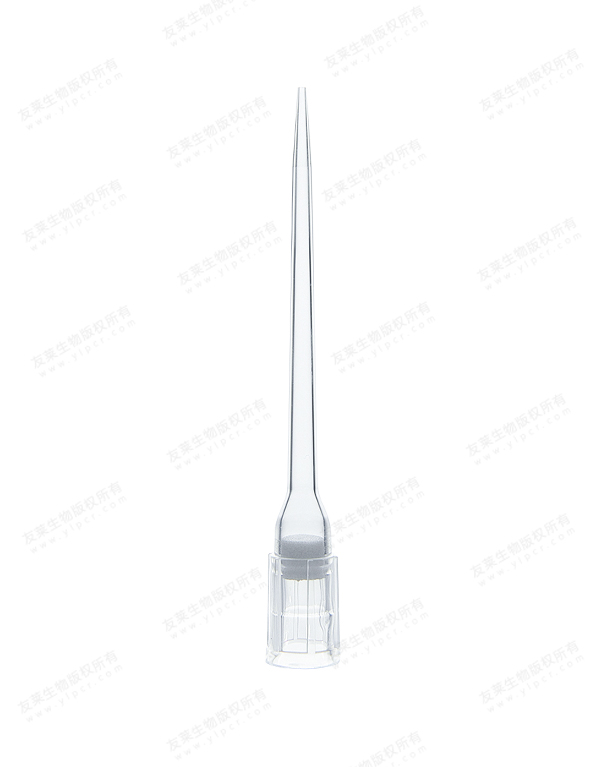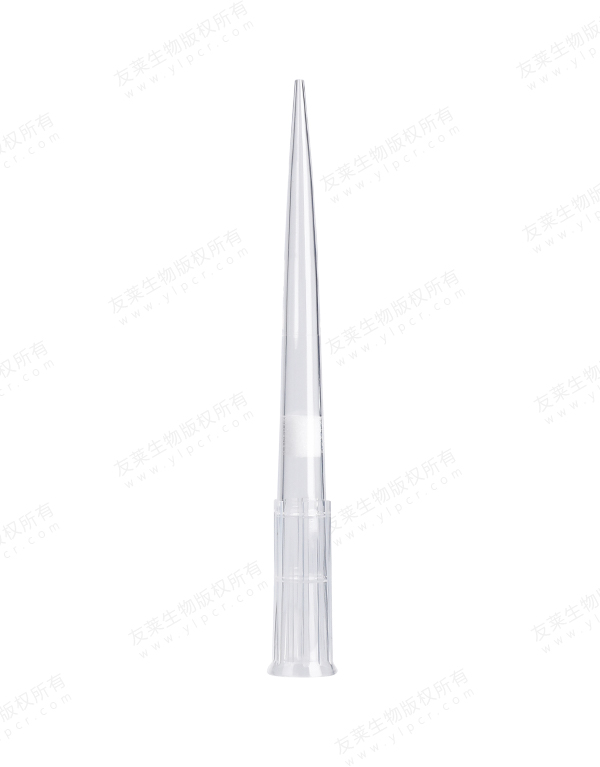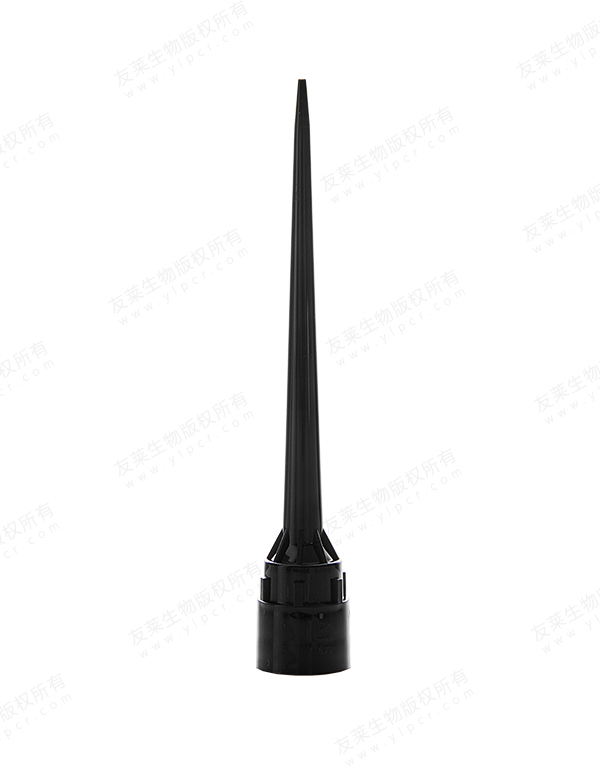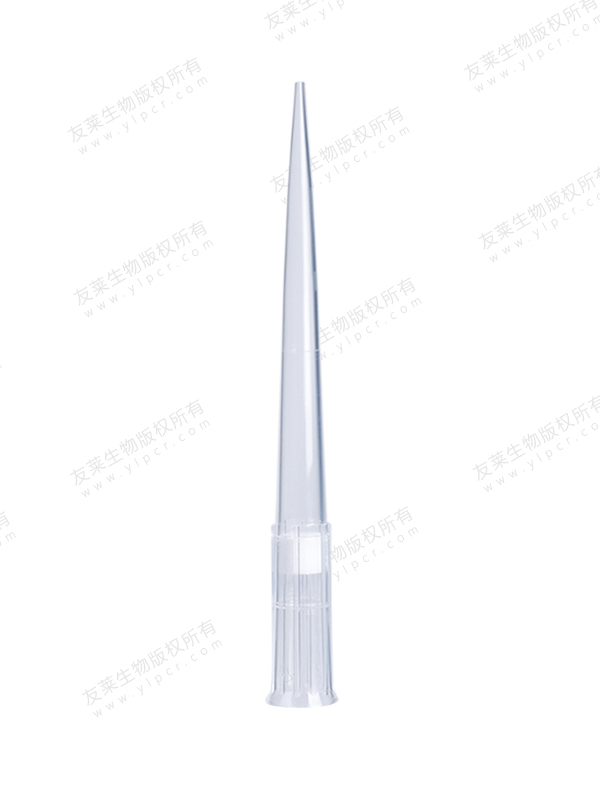Polymerase Chain Reaction (PCR) tubes are designed to prevent contamination and ensure the accuracy of DNA amplification reactions, as any contamination can lead to inaccurate results. Here are some of the features and design elements that contribute to the prevention of contamination and accuracy in PCR tubes:
Sterile Materials: PCR tubes are typically made from sterile, high-quality polypropylene or other materials that are free from DNA, RNA, and enzymes, which can interfere with the PCR reaction. The materials are often treated to be nuclease-free.
Tight Sealing: PCR tubes have secure and tight-fitting caps or lids that prevent the entry of contaminants and ensure that the reaction mixture is sealed within the tube.
Flat Caps: The caps of PCR tubes are often designed to be flat, allowing for easy sealing with minimal dead air space. This design minimizes the risk of contamination by preventing condensation from forming and dropping into the reaction mixture.
Thin-Walled Design: PCR tubes are designed with thin walls to allow for efficient and rapid heat transfer during thermal cycling. This design helps maintain consistent and accurate temperature profiles in the sample, contributing to the reliability of the amplification reaction.
Pre-Sterilization: Many PCR tubes are pre-sterilized through gamma radiation, which ensures that they are free from microbial contaminants. This eliminates the need for users to autoclave or otherwise sterilize the tubes before use.
Graduated Tubes: PCR tubes are often graduated, which makes it easier to measure the volume of reagents added and helps ensure accurate pipetting.
Certified RNase/DNase-Free: High-quality PCR tubes are certified to be free from RNases (ribonucleases) and DNases (deoxyribonucleases), which could degrade nucleic acids during the reaction.
Ultra-Low Binding: Some PCR tubes are manufactured to have ultra-low binding properties, reducing the potential for DNA or other molecules to stick to the tube surface, which can lead to reduced yields in the reaction.
Single-Use: PCR tubes are typically designed for single-use to prevent the risk of cross-contamination between experiments.
Color-Coded Options: Some PCR tubes are available in various colors, allowing for easy identification of samples, reducing the risk of mixing up or confusing reactions.
Barcoding: Some PCR tubes are equipped with barcode labels to facilitate sample tracking and documentation, further reducing the risk of errors and contamination.
Strip Tubes: These are often designed in the form of strips of multiple tubes that can be easily separated, making them suitable for high-throughput applications. Strip tubes have caps that cover multiple tubes at once, reducing the risk of contamination during handling.

 English
English русский
русский 中文简体
中文简体




